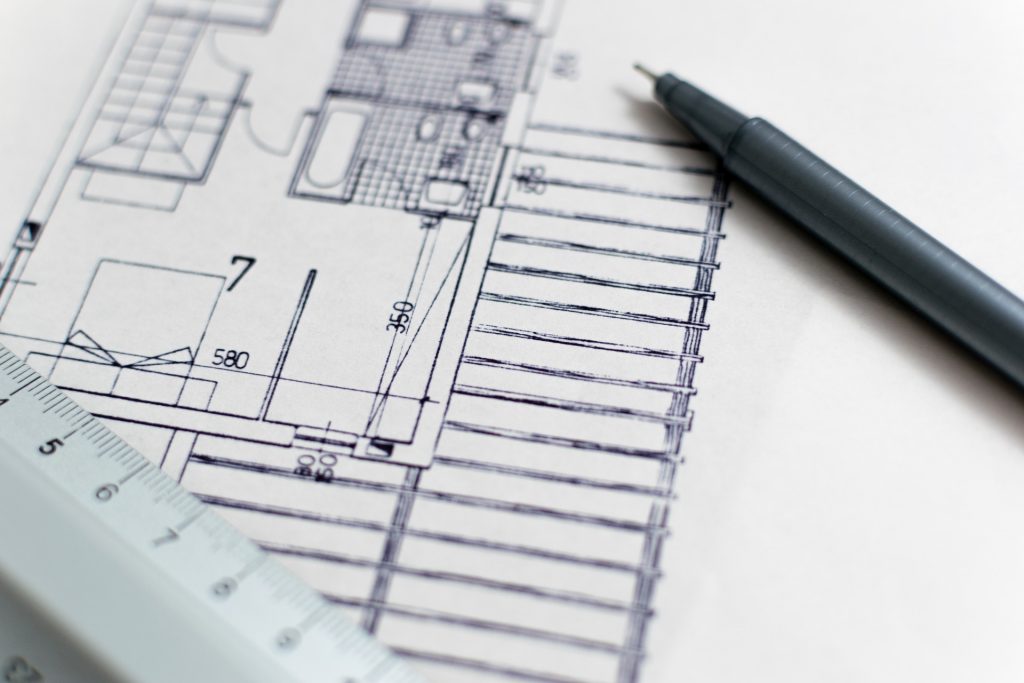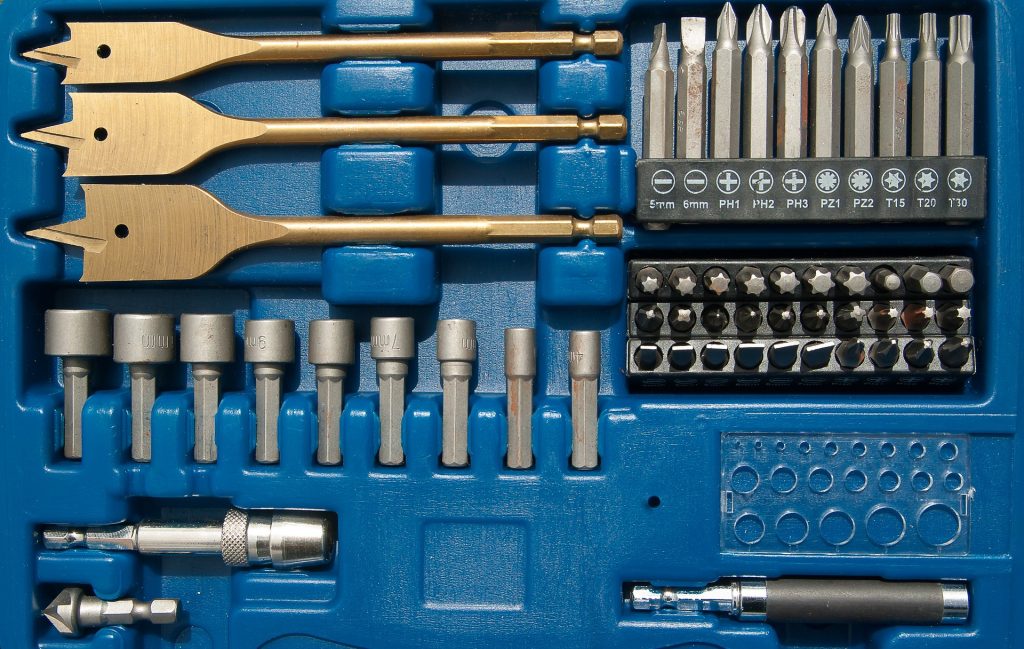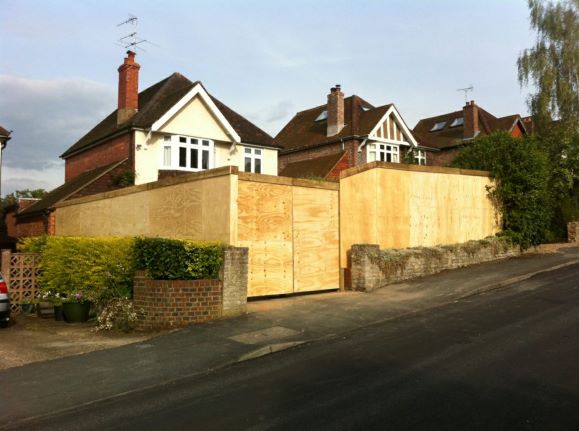We know many of you have been pondering about doing work to your homes, in preparation for moving in 2019! We asked SafeSite Facilities (….as you can tell they are experts at keep your site safe!) to share top tips with us to help you with your exciting plans!


Home improvement health and safety
Whether you’ve just bought a ‘do-er upper’ or you’re hoping to add value to your property if you are embarking on any kind of DIY or home improvement project it’s essential you consider any possible health and safety risks and take the necessary precautions before work begins.
Here are some top health and safety tips from the professionals at SafeSite Facilitiesto help you prepare for your building project and ensure it runs safely and smoothly.
Building Work Basics
Before anyone lifts a power tool or knocks down a wall, prepare a plan to safely organise and control the work that’s being carried out – particularly if a number of different tradespeople are working alongside each other. Keep the space clean and tidy with enough room for people to comfortably work in, and around each other. Regularly check the work that is happening and stop any dangerous practices immediately. The best way of keeping hazardous areas safe is to fence them off and display warning notices to direct people and traffic away from them.
Safe Structures
Make sure walls and structures are kept in a sound condition. Any demolition work should be planned properly and if trenches and excavations are dug they should be fully secured so that people can’t fall in.

Height and Weight Considerations
Any work being carried out at a height carries a high safety risk so wherever possible try to avoid this. When it can’t be avoided, using proper equipment such as cherry pickers and scaffold can help to minimise falls but always have nets or crash bags in place in case of an accident. Ladders are one of the most common causes of accidents when people are carrying out home improvements so if you’re using one follow these simple guidelines. Choose a ladder that suits the height and nature of the work involved. Make sure it’s standing on a firm surface and – if it’s not – ensure there’s another person at the bottom the hold it steady. While ladders can be used for access, working from ladders should be a last resort.
Manual handling is a key part of any building project. Using trolleys and hoists will prevent any unnecessary lifting and carrying. Where possible choose smaller size bags of cement or aggregates and avoid repetitive laying of heavy building blocks and lintels by hand.
Power protection
Any tools or building work that involves electricity can be dangerous. Make sure your tools are regularly checked over and tested to ensure they are working correctly. Low voltage or battery-operated equipment are a safer option. Electrical connections should be safely made and only suitable plugs used. Cables and leads can easily be damaged on a building site so protect the ones that are visible and mark hidden cables, power sources and services on your master plan so that everyone knows to avoid them.
Clean your tools as you’re going along and always place safety guards on – and switch them off – before leaving a room. If there are children in the house make sure tools are kept out of reach when they are not in use.
Dress for the occasion
Dressing safely is very important; wear old, close-fitting clothes and consider whether you need any safety protection equipment, such as dust masks or safety goggles. If you’re operating noisy power tools always wear earplugs and a hard hat is a must when there’s any risk of falling objects or structures you could bump your head on. In the event of an accident on-site, always keep a well-stocked first aid kit in easy reach.
Workforce welfare
Whether you are carrying out the building work yourself or you have brought in professionals consider your own welfare and theirs. Working in a building site can be pretty dirty, not to mention cold in the winter months. So ensure you have clean, working toilets, a supply of warm water and drinking water. and a rest area to make hot drinks and eat in.
Consider your family, pets and neighbours if you’re planning on making lots of noise and mess. Only carry out work during sociable hours and keep any tools and materials safely out of arms – and paws – reach. Don’t forget to plan how rubbish and waste will be stored and removed and if you’re using a skip think about the impact of where you place it. Let neighbours know in advance what work you’re planning to carry out, and how long it will take. You never know when you may need to call on them for a favour in the future so invest the time to keep them onside throughout the project.









